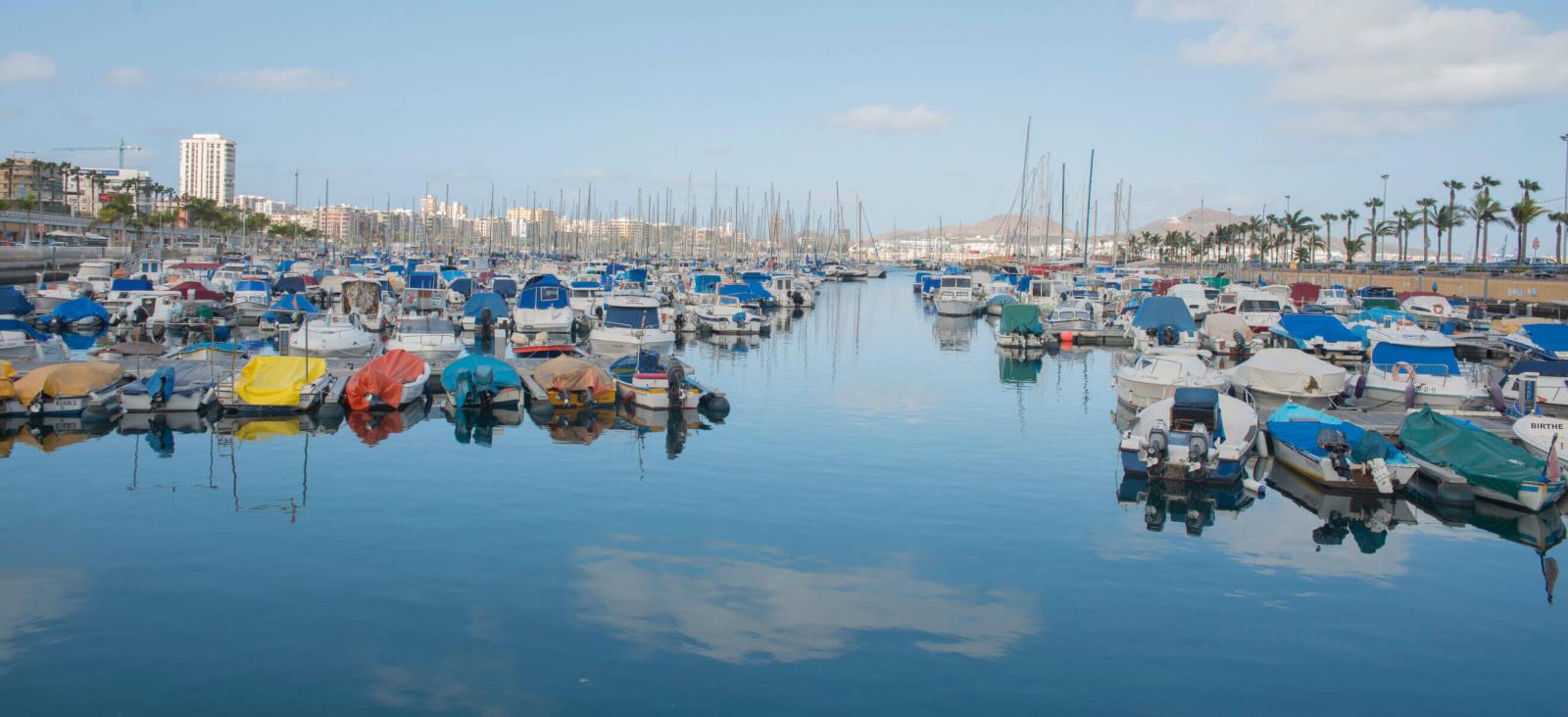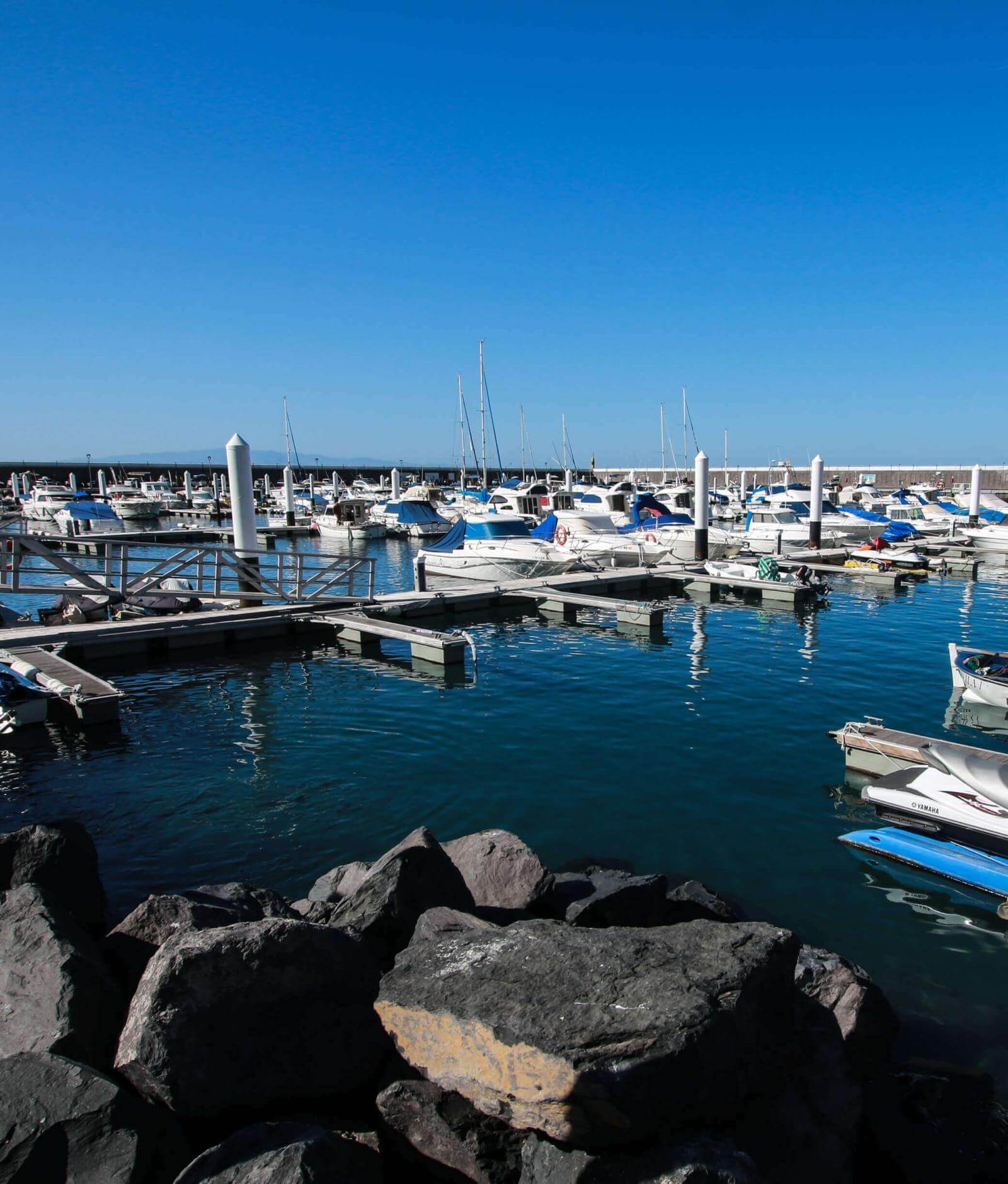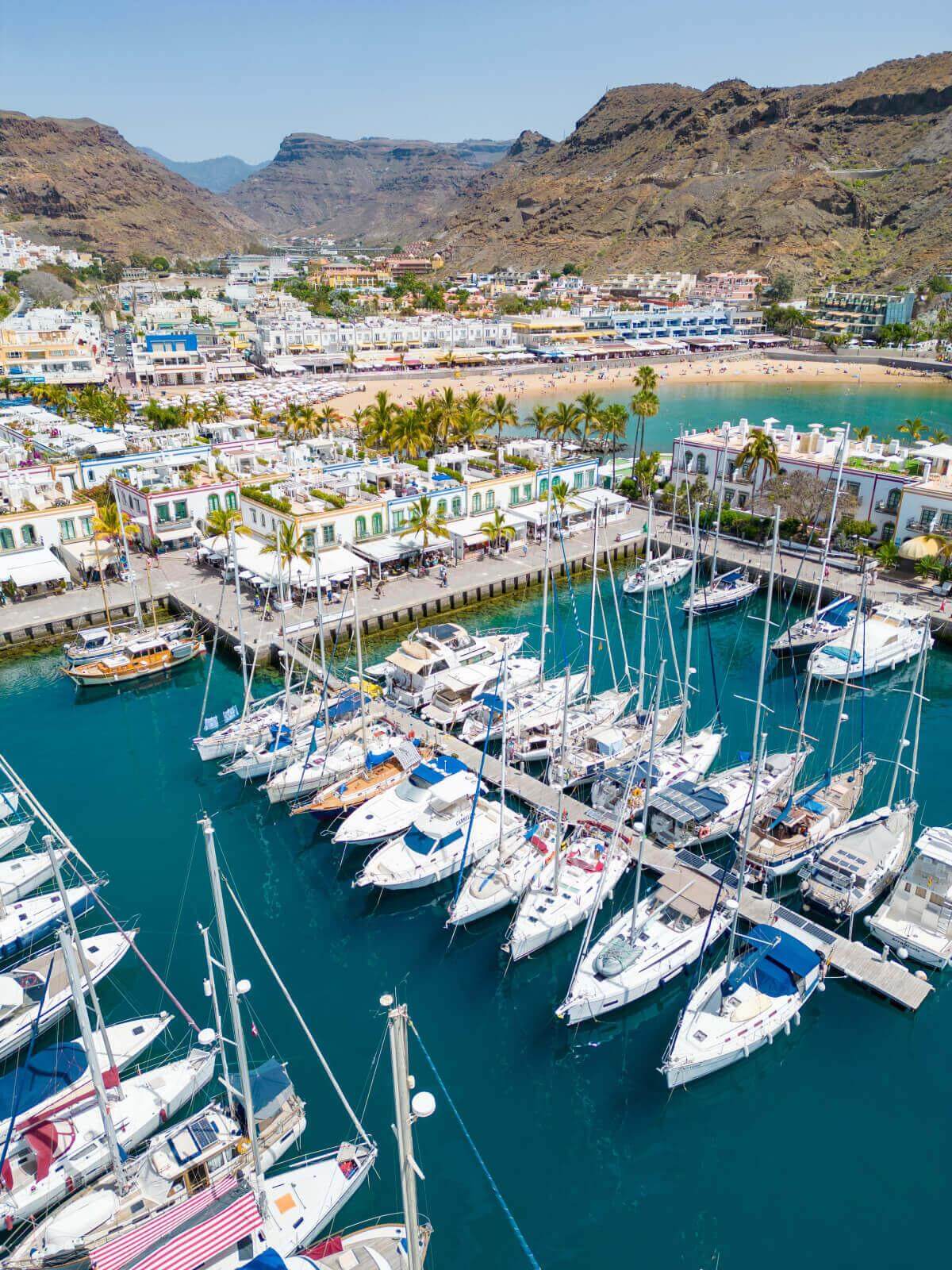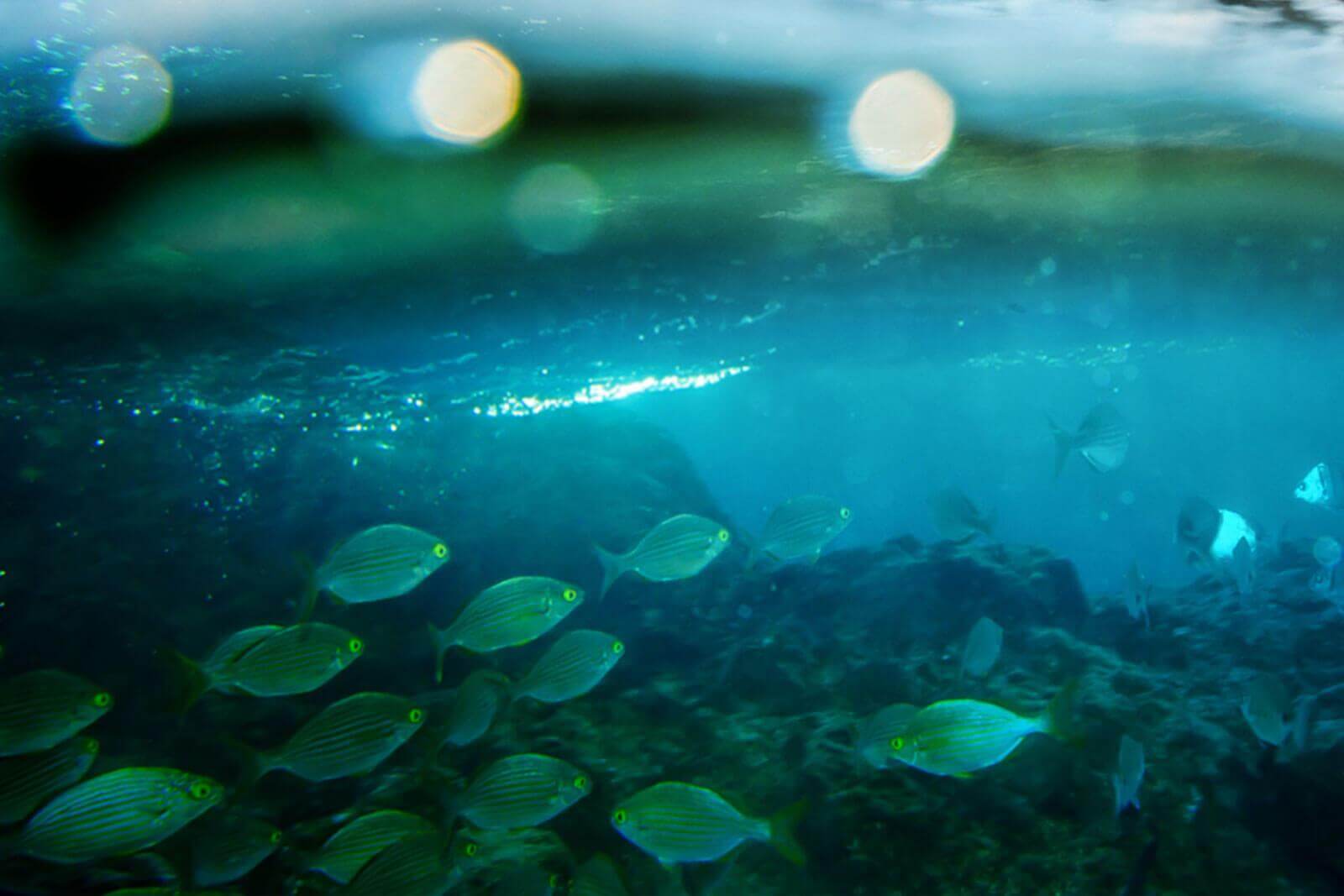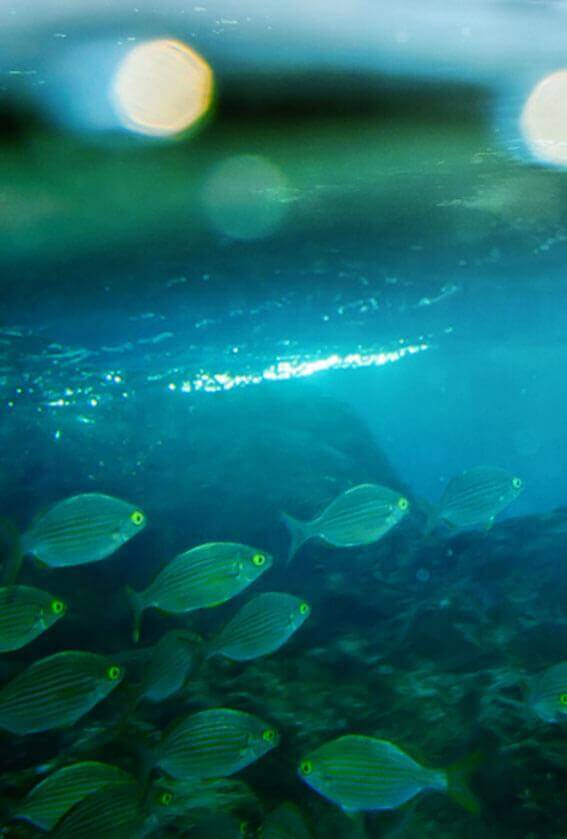With 60 Blue Flag beaches, the Canary Islands have proven themselves to be a sustainable tourist destination. This good practice has also spread to the archipelago’s marinas. Several of its marinas have attained this award which rewards environmental education, the responsible use of water and electricity, and the accessibility and safety of their installations.
A long tradition in sustainable management
Spain is the country with the highest number of Blue Flag Beaches, where visitors can count on clean water and installations, a high level of accessibility and environmental education. The Canary Islands are high up on this list, with 60 beaches that have earned this distinction. However, the Blue Flag for marinas is less well-known.
This environmental award has a long tradition. It was developed by the FEE (Foundation for Environmental Education) and is coordinated in Spain by the Association of Environmental and Consumer Education (ADEAC). The association guides harbour management towards development and maintenance of a more sustainable tourist destination, centred on environmental education, the responsible use of water and electricity, and accessibility and safety.
Marinas in the Canary Islands distinguished in 2023
The first marina in the Canary Islands to obtain the Blue Flag, 36 years ago, was Los Gigantes, located in the north-east of Tenerife, in a Special Conservation Zone (SCZ) known as “Franja Marina Teno-Rasca”, with underwater caves and famous for its high number of species of cetaceans. In Gran Canaria, the first marinas to achieve the sustainable emblem, over 30 years ago, were the ports of Mogán and Pasito Blanco, located in the SCZ of “Franja de Mogán”, which is extremely rich in fauna and has meadows of little Neptune grass (Cymodocea nodosa). In these waters one can also find seahorses, turtles and whales and dolphins. In Lanzarote, an island certified as a Biosphere Reserve, the Blue Flag has been flying for a similar length of time, in Puerto Calero.
In 2023, the marinas distinguished with Blue Flags were Mogán and Pasito Blanco, in Gran Canaria; Puerto Calero, in Lanzarote, and the Real Club Náutico de Tenerife marina, located in Santa Cruz de Tenerife. As well as meeting the environmental management criteria, each of these four marinas in the Canarian archipelago is clean, well-kept and correctly maintained. All of them adopt efficient measures to reduce energy and water consumption, and provide their visitors with advice on these issues.
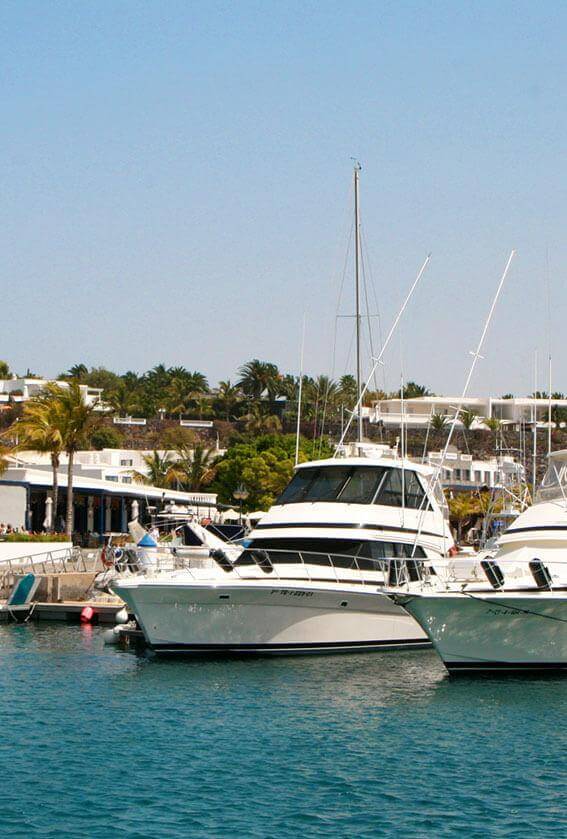
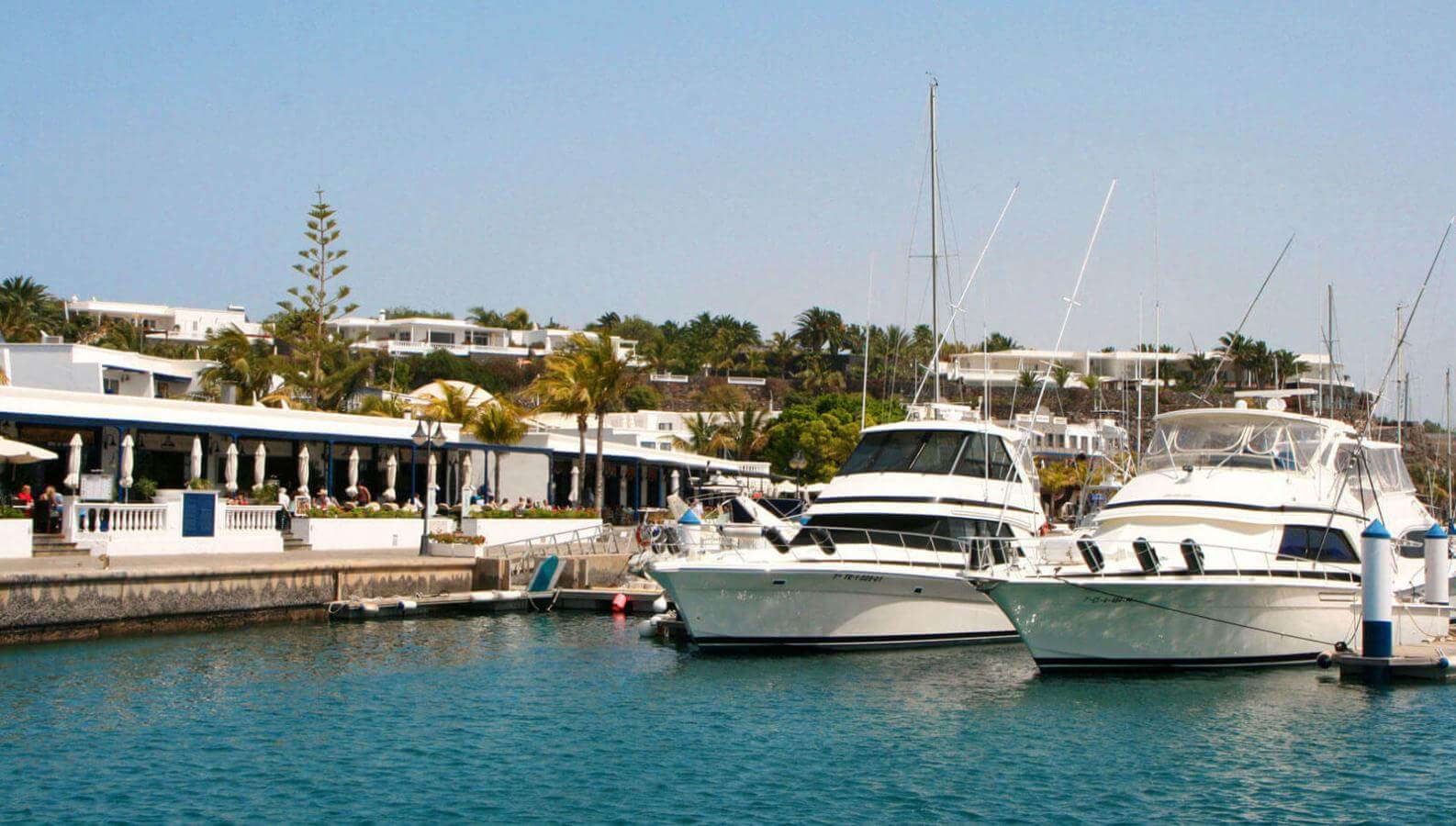
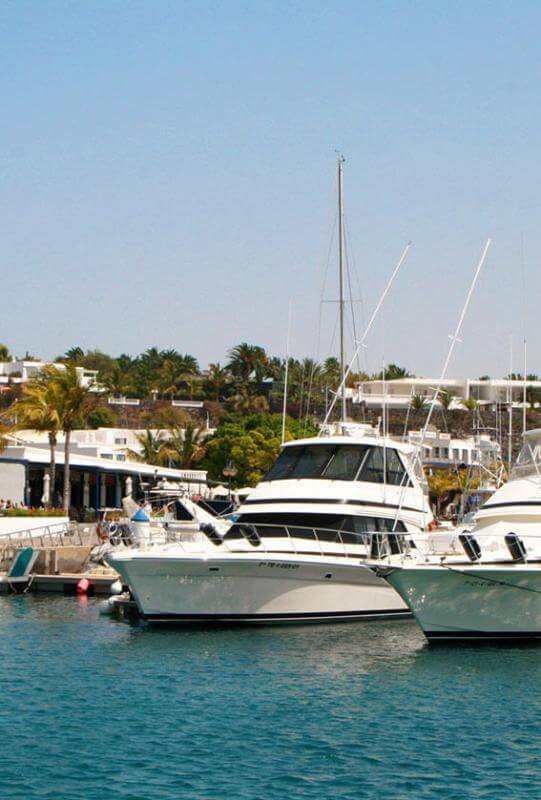
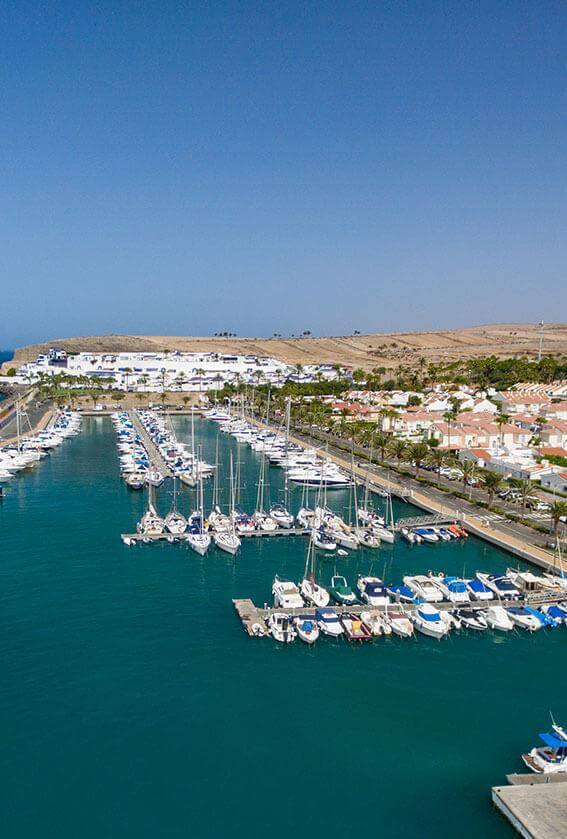
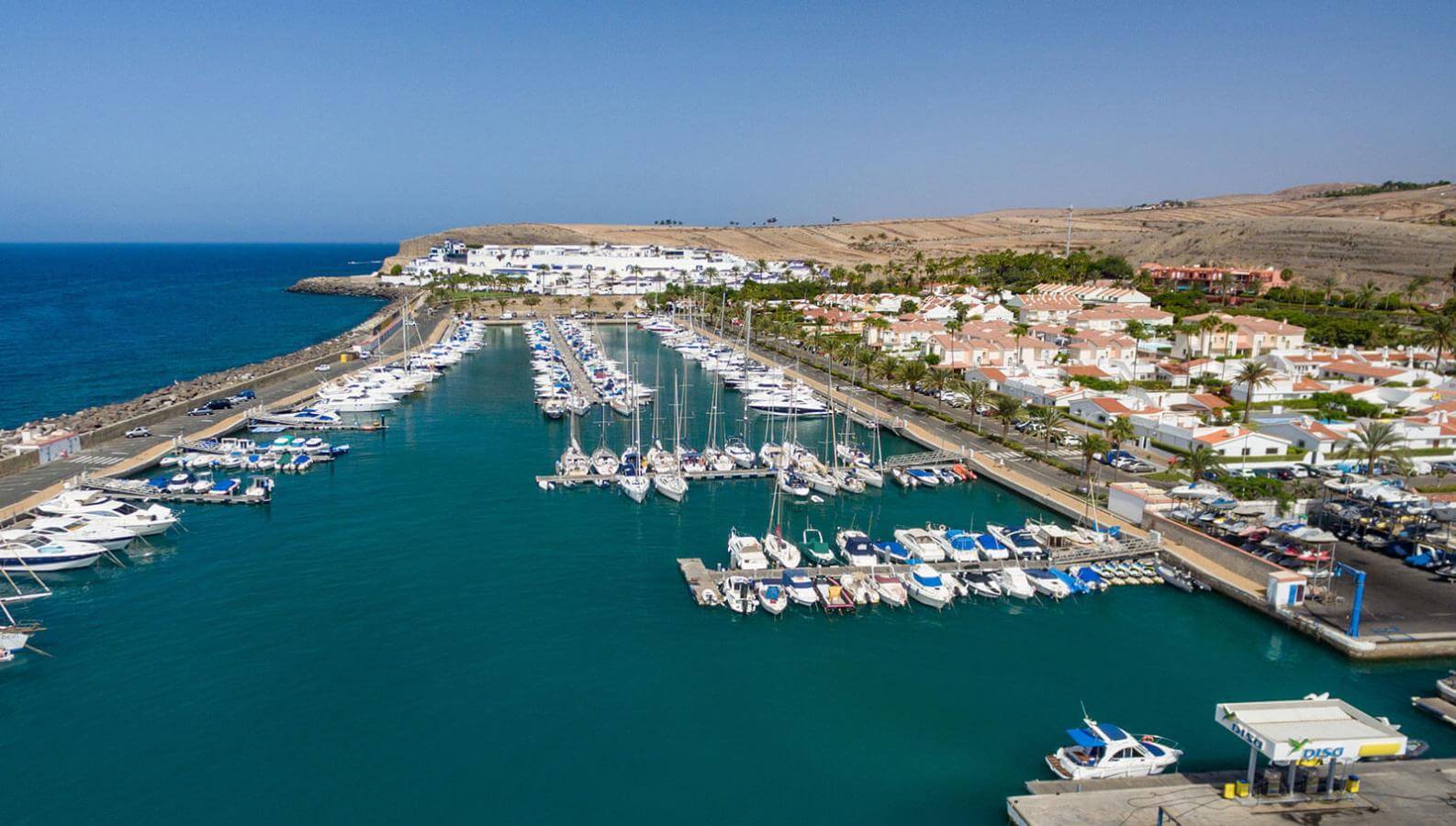
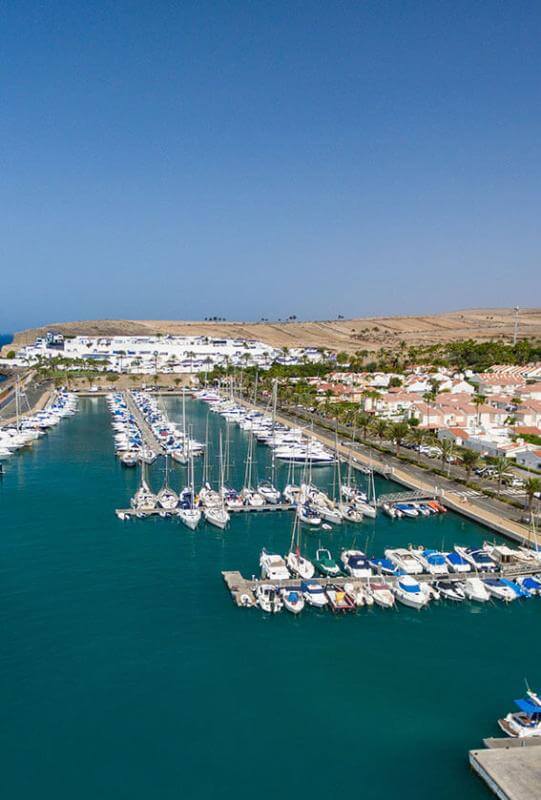
Dry docks suitable for environmentally-aware sailors
Sailors who choose a Blue Flag Marina expect to find clean, safe sailing facilities. After a long sea voyage, they need to be certain that both the marina and the dry dock offer the proper management of all types of waste, including waste water and hazardous materials, such as batteries, oil and work utensils contaminated with the chemical products used in boat repairs. The marina's environmental impact control is a priority, and as such a marina needs to adopt a series of measures to prevent contamination of the waters around it.
The demanding evaluation criteria include the cleanliness of the water in the harbour, the quality of the installations, the elimination of barriers and the level of safety on pontoons and in the surrounding area. These questions may require the inclusion of services for people with reduced mobility, the use of recognisable symbols in communication and the conducting of periodic inspections to reduce risks. In addition, the marinas must play an active role to involve sailors and visitors in the saving of water and electricity, and in gaining knowledge of the local marine environment.
Leaders in education and respect for marine life
Throughout the year, the marinas that hold the Blue Flag must run environmental education activities, connecting with the local population and visiting sailors. They must also provide information on the marine areas near the harbour that are protected and which are more sensitive to human impact, establishing a code of conduct for sailing close to these areas. This communication must be made through information panels inside the marinas, which must be visible for all users.
Extremely demanding awards which are renewed annually
The Blue Flag for marinas is awarded for a single season at a time and is only valid while the nautical facility continues to comply with the requisites established in the adjudication criteria. ADEAC (Association of Environmental and Consumer Education), the body which confers the award, may make as many inspections as it deems necessary during the year, and remove the badge at any time if it deems that the marina has ceased to comply with any of the requisites established by the regulations.
To find out whether a marina has been awarded a Blue Flag, all you have to do is look for this symbol in the digital profiles of the marinas of the Canary Islands or visit the official Blue Flag website for more information.
